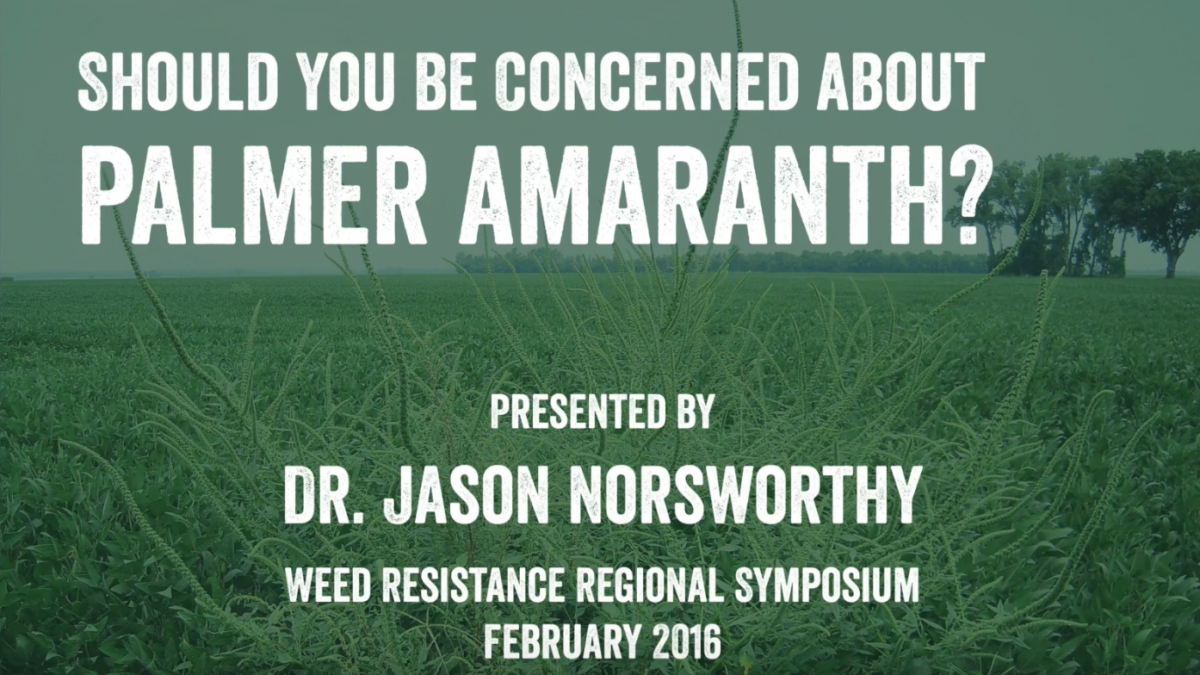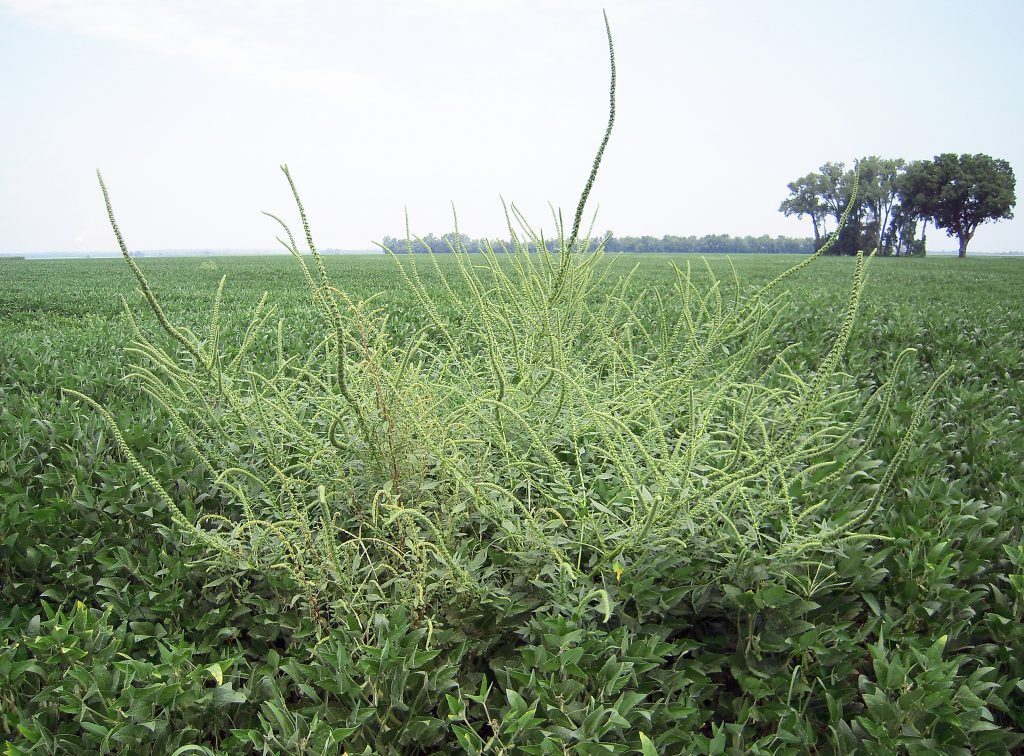Palmer Amaranth: Should You be Concerned?

Weed resistance continues to be a hot topic when talking about soybeans. Last year, Peterson Farms Seed held a Weed Resistance Regional Symposium where we heard from Dr. Jason Norsworthy, a University of Arkansas professor, on the impending threat of Palmer amaranth.
At the time of the talk (February 2016), Palmer had not spread into Minnesota. This has since changed. In September 2016, Palmer amaranth was found to have spread into southwestern Minnesota with confirmed growth in Lyon & Yellow Medicine counties. Palmer was first found in nearby Buffalo County, South Dakota in 2014 and has since spread further into the state. What does this mean for growers in our region and specifically North Dakota?
Today, we start a three-part series centering on Palmer amaranth. In the next two weeks, you’ll hear from Dr. Norsworthy on why expansion happens and what will happen once it spreads into our area.
This week’s video helps to answer the question: “Should you be concerned about Palmer amaranth?” Dr. Norsworthy covers this and other topics dealing with the spread of Palmer in this short clip from last year’s Weed Resistance Regional Symposium.
So, should North Dakota be concerned about Palmer amaranth? In my opinion, the answer is yes.
Dr. Rich Zollinger from NDSU named Palmer amaranth the weed of the year in 2014 and 2015 even though it had never been found in North Dakota. This proactive choice was made to bring awareness to the inevitability of the weed’s spread.

Palmer amaranth grows quickly and creates seeds rapidly, making it hard for farmers to control. Photo: (Superior Ag Resources photo/Tom Sinnot)
Currently, we are “blessed” to have only four glyphosate-resistant weeds in our region: Waterhemp, Kochia, Ragweed, and Marestail. The difference between those weeds and Palmer amaranth is that Palmer tends to be somewhat worse once it is established in the field because it grows faster, bigger, longer, and produces more seeds. Not only is it resistant to glyphosate, biotypes have been found to be resistant to ALS, Atrazine, and HPPD inhibitors.
As always, give me a call with any questions and keep an eye on the blog next week for “Palmer Amaranth – Why Expansion Happens”, the second topic in our series. In the meantime, check out the links below to learn more about Palmer amaranth.
University of Minnesota Extension – Palmer Amaranth Study
Purdue University – Palmer Amaranth Biology, Identification, and Management












